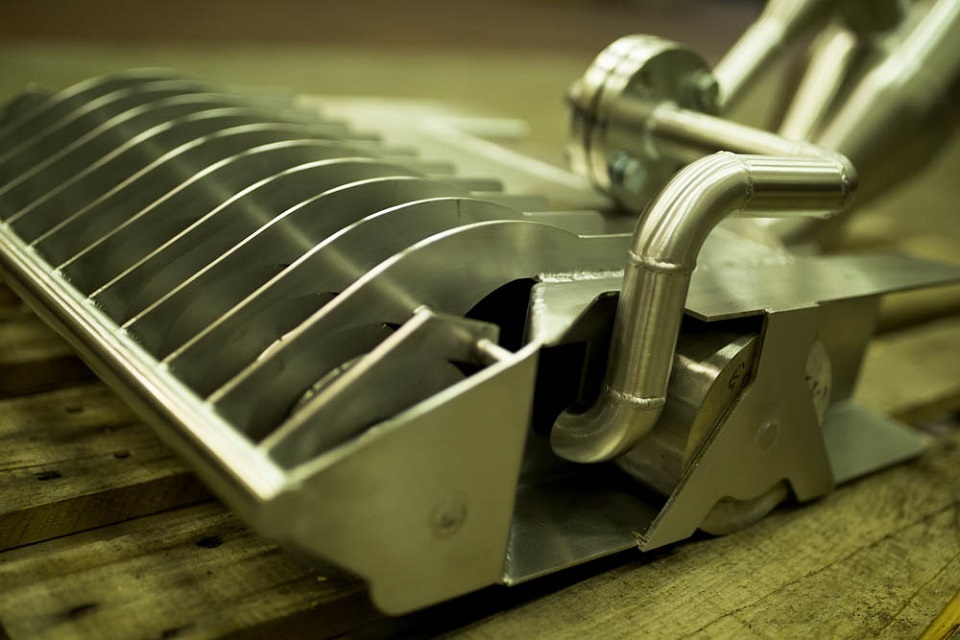Scallop-dredging equipment adapted for radioactive sludge
Fishing gear used by trawlers to dredge for scallops has been re-designed for a new market scooping sludge from spent nuclear fuel ponds.

Barrnon's Steve Thompson with the sludge dredging equipment
The technique was developed by a small Cumbrian engineering business in response to an inquiry from Magnox Ltd and has already been successfully deployed in the ponds at Hunterston A.
Background
All the NDA estate’s ponds contain radioactive sludge, produced by the corrosion of fuel elements, that has accumulated in the water over the decades.
Challenge
Removal of sludge from spent fuel ponds
Solution
Remotely operated dredging equipment, with options for horizontal and vertical deployment
Benefits
Cost-effective, efficient means to deal with sludge across the estate
Status
Further technological development and on-site trials at Sellafield
Detail
Using the experience of trawling, the sludge dredging design has undergone extensive modifications to be operated remotely. It is capable of operating horizontally along the pond floor and also vertically, where space is more restricted or difficult to access.
The sludge is effectively sucked into a sealed container, fluidised or diluted and then pumped out for treatment. A study of the prototype has been undertaken at Sellafield while interest has also been shown by the US market and organisations involved in the Fukushima clean-up.
Further work, meanwhile, is under way to continue development of the equipment’s technological capabilities and enable enhancements for additional scenarios across the NDA estate and further afield.

Fishing equipment has been adapted for the nuclear sector
Innovation route
Technology transfer from the fishing industry. With support from Cumbrian-based Innovus, Barrnon developed the working prototype at the National Nuclear Laboratory in Workington. Further development was enabled following funding support from the joint initiative by Innovate UK and the NDA, which also supported a wide range of projects associated with all aspects of the nuclear sector. Further funding was received through an Innovate UK call co-supported by NDA.